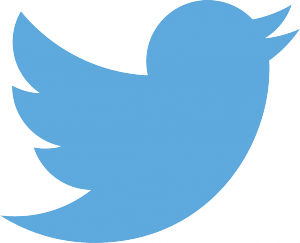
After more than 40 years of operation, DTVE is closing its doors and our website will no longer be updated daily. Thank you for all of your support.
Fewer than 20% of web users follow TV on Twitter
 Some 18% of online TV viewers follow the show that they’re watching on Twitter, with only two types of viewer engaging in this type of behaviour, according to new research.
Some 18% of online TV viewers follow the show that they’re watching on Twitter, with only two types of viewer engaging in this type of behaviour, according to new research.
Strategy Analytics’ report ‘To Tweet or Not to Tweet: Segmenting Today’s Multiscreen TV Audience’ identifies the six main ways people watch TV today, with traditional TV viewers (‘couch potatoes’), who make up 33% of viewers, found to never phone or text people about what they’re watching and “hardly ever use social media.”
Around 30% of TV viewers were classified as ‘multi-screeners’, divided into indifferent, moderate and manic multi-screeners. The latter accounted for just 7% of people, but were found to be 100% likely to use Twitter weekly to follow a show.
Indifferent and moderate multi-screeners each accounted for 11% of people online who watch TV.
Indifferent multiscreeners were said to be highly likely (84%) to phone or text people about what they’re watching, with 91% using Twitter to follow a show.
While moderate multi-screeners were found to be extremely likely (93%) to phone or text about a show, only 1% used Twitter on a weekly basis to follow a show.
“The traditional way broadcasters and advertisers have discussed TV audiences for 70 years – by age and gender – is becoming increasingly irrelevant and outdated. People within a traditional group, say 18-34 year old men, can watch TV in completely different ways so new behaviours are as important as demographics when it comes to planning for all elements within the TV industry – whether content, scheduling or advertising,” Strategy Analytics principal analyst David Mercer.
“There’s been a lot of hype about how Twitter is changing TV viewing but, in reality, only two types of people are remotely engaged with ‘Twitter + TV’. Consequently, strategies heavily focused on this would be a big waste as it’s irrelevant to over 80% of TV viewers.”


